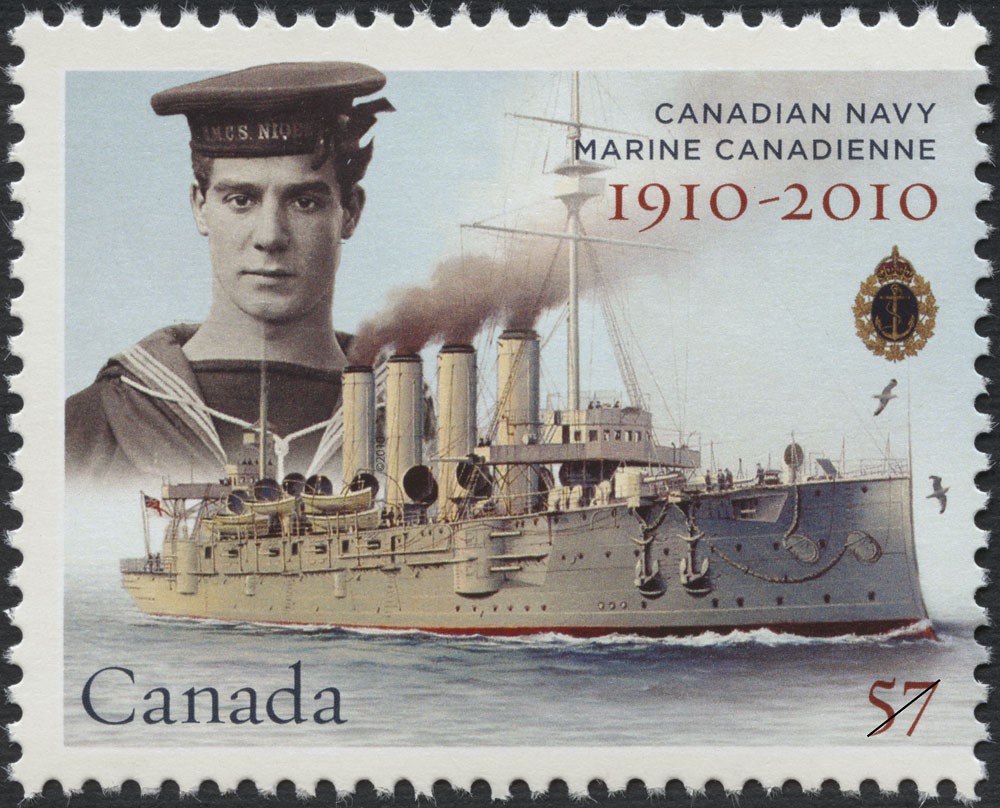The Dawn of the First World War:
Opening Moves
By the end of the day on August 4, 1914, Germany’s worst fear of having a war on two fronts (France and Britain in the West and Russia in the East) was realized. In anticipation of this situation, the Germans had already developed a plan to quickly neutralize France – the Schlieffen Plan. This strategy described how German forces needed first to hit France hard and fast, then turn their forces back to the east to dispatch the Russians.
The Schlieffen Plan
Envision this attack: a hammer with the end of its handle anchored at the German, Swiss, French border with the hammer’s head waiting to the north in the German heartland. Suddenly on August 4th, 1914, the head swings quickly westward into and through Belgium. German forces, upon entering France, begin to curve towards the southwest, arcing down towards Paris, and eventually enveloping the French capital. This was Germany’s Schlieffen Plan in action.
Or so that was the outcome that German planners envisioned.
For an idea of the German infantry’s movement, please watch the 55-second video below. (Best viewed in full screen).
Germany attacks France using the Schlieffen Plan - The "Race to the Sea" results
An Animated Map of the Schlieffen Plan: Western Front, 3 Aug. - 17 Oct., 1914
For a more interactive version of the map, please visit Valour Canada’s “The Great War Begins” animation (hosted by Animaps)
A Good Plan?
What could prevent the German forces from swooping through the centre of France, taking its capital city, and surrounding the remaining French troops battling at the France-German border in the south?
What if Russia mobilized earlier than expected and invaded Germany?
- Yes, the Russians did – Germany had to send men from their western forces to strengthen their eastern forces.
What if the Belgians fought back?
- The Belgians slowed the Germans by physically fighting and sabotaging their infrastructure (i.e., blowing up bridges and flooding the land).
What if Britain sent soldiers to help the Belgians and French?
- British troops and units were added to infantry formations that were defending France; they also helped defend the English Channel sea ports for supply shipping (see “War in the Sea” below).
What if it was too much movement in too short of a time frame for German troops?
- It was – after fighting through the Belgians, then the first French and British soldiers, the German fighting units were becoming fatigued, especially after have marched for such a distance with all of their gear. Additionally, supply lines were getting longer and more difficult to maintain and consequently, the troops fighting at the leading edge of the hammer were running low on supplies, food, and artillery support.
How did it play out?
The German thrust made it as far as the Marne River, a major waterway that runs between Paris and Verdun, and after a sequence of September battles, their attack was repulsed and they were pushed back northwards to the far side of the Aisne River. With each side having repeatedly repelled each other’s attacks, neither could gain the upper hand and it was here that the belligerents dug into existing ditches, thereby creating trenches.
However, both sides were unhappy at the stationary battle line and the static nature of the fighting front. Looking for a decisive knock-out, each attempted to outflank their opponent by sending attacks around the end of the other’s line. Consequently, the German and the British-French forces extended their trench network northward in the “Race to the Sea.”
It was a true stalemate and a war of attrition had begun.
The War in the Sea
During the First World War, the Canadian Navy helped to ensure that enough men and materiel made it across the pond to fight against the Central Powers. At the beginning of the War, Canada had a “tin pot” navy consisting of two ships, the Niobe and the Rainbow, and 350 men.
By 1918, Canada had increased it naval power significantly with 112 ships and 9 000 men. Canadian ports, like Halifax, St. John’s, and Quebec City, were used as gathering points for convoys making the trip across the Atlantic. Unfortunately, this strategy could not eliminate human error as Nova Scotia realized.
The City of Halifax suffered colossal devastation on Dec. 6, 1917, when a Norwegian ship, the Imo, drifted into a French ship, the Mont Blanc, which was carrying 2 000 tonnes of munitions while in the harbour. The resulting blast killed 2 000 people and a further 9 000 were injured. Much of the city was flattened and the hardship experienced by residents was magnified by the blustering winter storm that followed the man-made disaster.
The most serious threat to British dominance on the seas and the Entente nations in the naval theatre of war were U-boats. “U-boat” is the English word for U-boot, short for Unterseeboot in German, which literally translates as “under sea boat,” or submarine.
U-boats hunted and torpedoed ships throughout the Atlantic. In fact, late in the War, in 1918, U-boats attacked ships along Canada’s east coast. Unrestricted submarine warfare, which sunk merchant ships and killed American civilians, was also a major factor in the entrance of the United States into the War in 1917.
Unit Home
The Great War Begins. Dominion of Canada. Canada's Demographics. Sam Hughes.
Canada's Duty
Training. Somme. Ypres. Canada Contributes. Beaumont-Hamel. Danger Tree. Courcelette.


